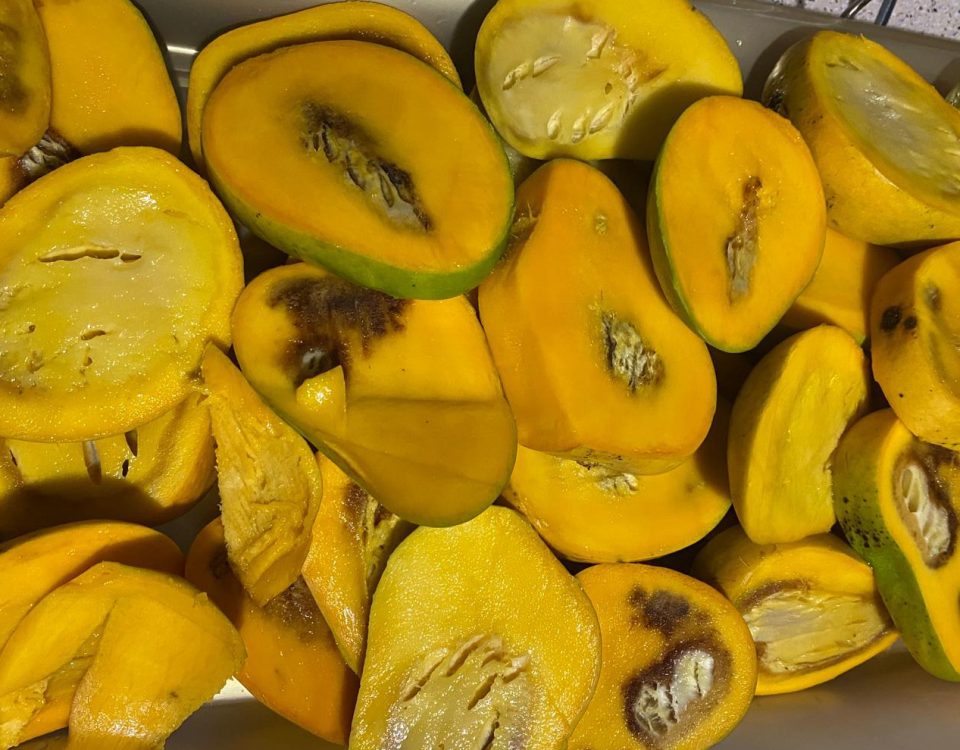Ultimate Guide to Citrus Cargo Damage

How to recover fresh produce claims effectively. (Fruitnet)
March 14, 2025
Understanding Liability in Cargo Claims: Who Pays for the Damage?
April 18, 2025Citrus export is valued at over 150 Billion USD in 2024. Yet citrus exporters face a harsh reality: cargo damage is inevitable, and inadequate documentation leads to significant financial losses.
Beyond blurry photos and hopeful claims lies a system designed to ensure carriers are held accountable. This article exposes the critical documentation gaps that plague the industry and unveils a proven strategy for maximizing claim recovery.
Immediate Action, Carrier Notification
It’s the difference between getting paid and getting screwed. Do you think carriers are going to remind you? They are hoping that you miss this window.
- Immediately notify the carrier in writing of the damage within 3 days of cargo delivery and invite for a joint survey.
- Keep copies of all communication with the carrier.
Photo & Video Evidence
Capture evidence that carriers can’t ignore. If you can’t prove it, you can’t claim it. You can consider hiring a cargo surveyor to assess damage but you have the option to do it in-house.
Take pictures and videos of the container during the unloading process, with the seal number and visible container number on the door and side panel. Pictures should be taken from outside and inside a container. This is one of the most important pictures to take and yet it is rarely done.
Then take pictures evidencing that the container was:
- damaged (holed, bent, dropped, corner post damages, etc.)
- in poor condition (heavy rust, dents, old door gaskets, etc.) or
- was leaking or submerged in water (visible water lines on side panels, or was leaking upon opening the container, etc.)
Then take pictures of the cargo condition:
- Note the specific type of damage (bruising, mold, rot, etc.).
- Show the extent of the damage (percentage of affected fruit).
- Show the condition of the packaging.
Ensure these are high resolution, time and date-stamped.
Gather your Documents
Protecting your claim from start to finish. Beyond the obvious: The hidden details most exporters overlook is to show that the cargo was properly stuffed inside the container. The shipper fulfilled an obligation to pack, stuff, and seal the container according to industry standards at the time of loading.
- Have your pre-shipment documents ready: harvest certificate, pre-cooling records, etc.
- Maintain copies of all shipping documents: bill of lading, packing list, commercial invoice, phytosanitary certificate, etc.
- Keep records of temperature logs and any monitoring data.
Loss Mitigation
Liability established? A positive step but it doesn’t end there. Cargo owners must mitigate damages. It isn’t optional, it’s mandatory.
- If cargo can be salvaged, issue a Salvage Invoice.
- If the cargo is a total loss, issue a Destruction Certificate.
|
This isn’t just about getting your money back. It’s about building a system that protects your business from future losses. Let’s talk at Fruitnet Citrus Congress, March 25-26. We’ll be there, ready to show you how to turn your denied claims into a successful recovery.
Don’t be the exporter who learns this lesson the hard way. See you in Valencia!
|




